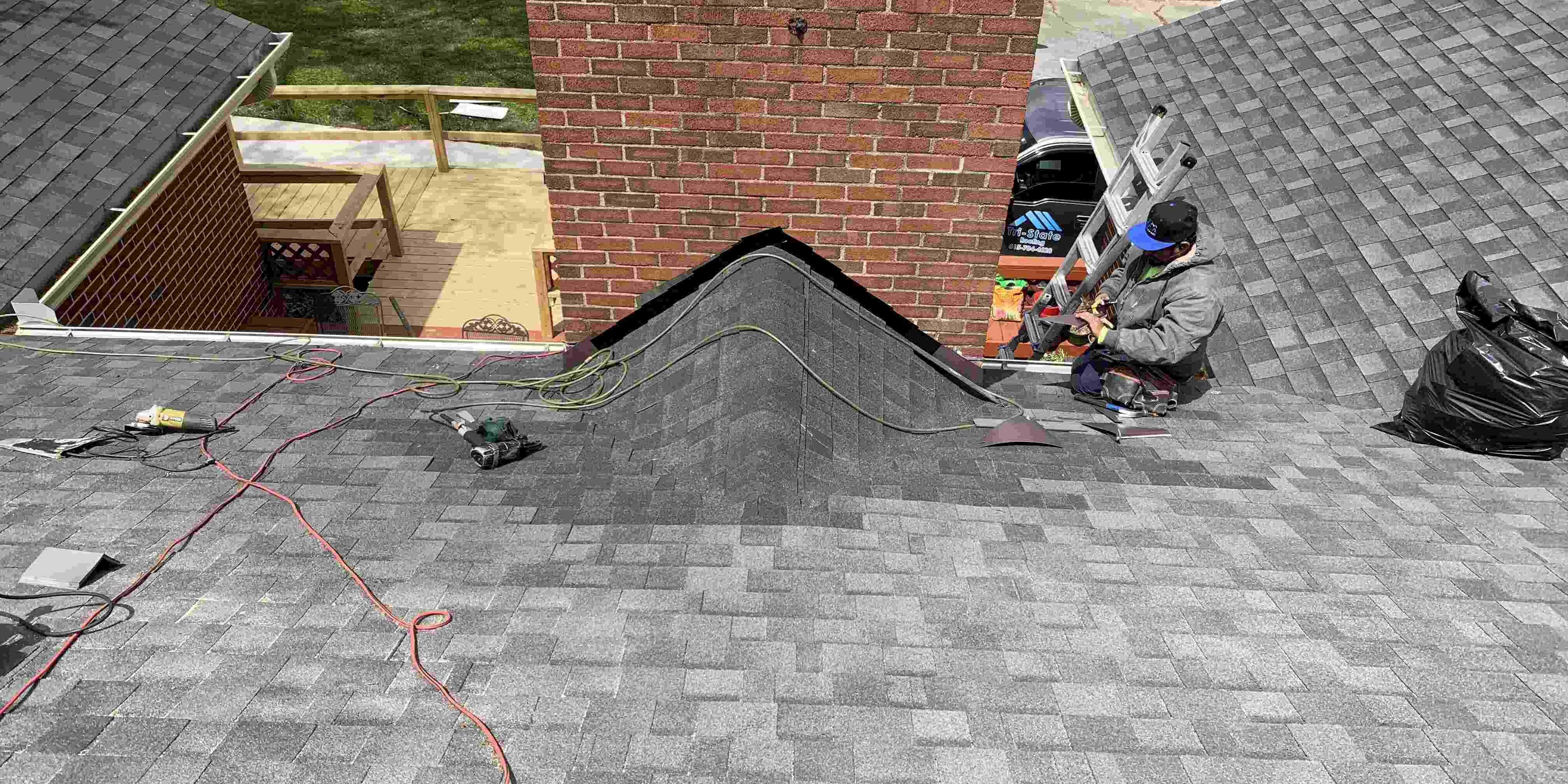

Articles
What Is A Cricket On A Chimney
Modified: October 20, 2024
Learn all about crickets on chimneys and how to deal with them in this informative article. Find tips and solutions to keep your chimney cricket-free.
(Many of the links in this article redirect to a specific reviewed product. Your purchase of these products through affiliate links helps to generate commission for Storables.com, at no extra cost. Learn more)
Introduction
When it comes to the construction and maintenance of a chimney, there is a crucial element that often goes unnoticed – the cricket. No, we’re not talking about the chirping insect. In the context of chimneys, a cricket is a structure designed to divert rainwater and debris away from the chimney’s base.
A cricket on a chimney is a small, triangular-shaped roof built on the higher side of the chimney, typically on the side facing a sloped roof. Its purpose is to prevent water from pooling around the chimney and causing damage or leaks to the underlying structure.
In this article, we will explore what exactly a cricket on a chimney is, its importance, the materials used, the installation process, and how to properly maintain and repair it.
Key Takeaways:
- Protect your chimney with a cricket, diverting water and debris to prevent costly damage and fire hazards. Choose durable materials and professional installation for optimal performance.
- Regular maintenance and timely repairs are crucial for a functional cricket, preserving your chimney’s lifespan and preventing water damage and mold growth.
Read more: What Is A Roof Cricket In Construction
Definition of a Cricket on a Chimney
A cricket on a chimney, also known as a chimney saddle or chimney diverting roof, is a small, sloping roof structure built on the higher side of a chimney. It is typically made of durable materials such as metal, wood, or asphalt shingles, and is designed to divert rainwater, snow, and debris away from the chimney and the area immediately surrounding it.
The cricket is named for its triangular shape, resembling the body of a cricket insect. It is positioned on the sloped side of a chimney, between the chimney and the adjacent roof, creating a barrier that prevents water from pooling and causing potential damage.
The size and shape of a cricket can vary depending on the size and design of the chimney, as well as the slope of the roof. It is important for the cricket to be properly sized and installed to ensure optimal performance.
The main function of a cricket on a chimney is to provide a barrier against water intrusion. By diverting water away from the chimney, it helps prevent water from seeping into the chimney structure, chimney crown, or flashing, which can lead to costly water damage, mold growth, and structural deterioration.
In addition to its water-diverting function, a cricket on a chimney also helps prevent the buildup of debris, such as leaves, twigs, and branches, which can clog the chimney and create a fire hazard.
Overall, a cricket on a chimney serves as a protective shield, keeping your chimney and the surrounding areas safe and dry, while prolonging the lifespan of your chimney and reducing the risk of costly repairs.
Purpose of Installing a Cricket
The primary purpose of installing a cricket on a chimney is to effectively divert water and debris away from the chimney and its surrounding areas. By creating a barrier between the chimney and the sloped roof, a cricket prevents water from penetrating the chimney structure, chimney crown, or flashing. This helps to prevent water damage, leaks, and potential mold growth.
When rainwater or melting snow accumulates around a chimney, it can seep into any cracks or openings, causing damage to the interior structure, such as the brickwork, flue liners, or even the surrounding walls and ceilings. Over time, this water intrusion can lead to costly repairs and compromise the structural integrity of the chimney.
In addition to its protective function against water, a cricket also plays a crucial role in minimizing the accumulation of debris on the chimney. Leaves, branches, and other debris can easily get blown onto a roof, and without a cricket, they can collect around the chimney area, potentially blocking the chimney or causing fire hazards if they come into contact with hot flue gases.
By diverting water and debris away from the chimney, a cricket helps to maintain the longevity and performance of the chimney. It reduces the risk of costly repairs, extends the lifespan of the chimney structure, and ensures that the chimney functions effectively and safely.
Furthermore, installing a cricket on a chimney is often required by building codes and regulations, especially for larger chimneys or those located on roofs with a significant slope. Compliance with these regulations not only ensures the safety and functionality of the chimney but also helps maintain the overall integrity of the building.
In summary, the purpose of installing a cricket on a chimney is to protect the chimney from water damage, prevent debris buildup, prolong the lifespan of the chimney, and maintain compliance with building codes and regulations.
Benefits of Installing a Cricket
Installing a cricket on a chimney offers a range of benefits that contribute to the overall functionality, longevity, and safety of the chimney and the surrounding areas. Here are some key advantages:
- Prevents water damage: One of the primary benefits of a cricket is its ability to divert water away from the chimney. By creating a protective barrier, the cricket reduces the risk of water intrusion into the chimney structure, chimney crown, or flashing. This helps prevent water damage, leaks, and potential mold growth.
- Reduces chimney maintenance: By preventing water and debris from accumulating around the chimney, a cricket helps reduce the frequency of chimney maintenance. It minimizes the need for cleaning out clogged chimney flues caused by debris buildup, saving you time and effort in chimney maintenance tasks.
- Ensures chimney functionality: With a cricket in place, the chimney is better protected against water damage, ensuring its functionality. It helps maintain proper airflow within the chimney and prevents obstructions that can hinder the chimney’s ability to vent combustion gases effectively.
- Prevents fire hazards: By diverting debris away from the chimney, a cricket reduces the risk of fire hazards. Leaves, twigs, and other debris can ignite when in contact with hot flue gases, potentially causing chimney fires. The presence of a cricket helps prevent these materials from accumulating and coming into contact with the chimney.
- Protects the surrounding structure: A cricket not only safeguards the chimney but also protects the surrounding roof and walls. By diverting water away, it minimizes the risk of water damage to the roofing materials, ceilings, and walls adjacent to the chimney. This helps preserve the overall structural integrity of the building.
- Compliance with building codes: Many building codes and regulations require the installation of a cricket on chimneys, especially for larger chimneys or those located on roofs with a significant slope. By installing a cricket, you ensure compliance with these regulations, maintaining the safety and integrity of the chimney and the overall building.
In summary, the installation of a cricket on a chimney provides benefits such as preventing water damage, reducing chimney maintenance, ensuring proper functionality, preventing fire hazards, protecting the surrounding structure, and complying with building codes and regulations.
Types of Materials Used for Crickets
When it comes to constructing a cricket on a chimney, several materials are commonly used, each with its own set of advantages and considerations. The choice of material depends on factors such as the climate, budget, aesthetic preferences, and the specific requirements of the chimney. Here are some of the most commonly used materials for crickets:
- Metal: Metal crickets, often made of galvanized steel or copper, are popular due to their durability and weather resistance. They provide excellent protection against water and can withstand harsh climates. Metal crickets are relatively low-maintenance and offer a sleek and modern aesthetic.
- Wood: Wood crickets, usually made from treated lumber or cedar, are a more traditional option. They offer a natural appearance that can blend well with the roof and surroundings. Wood crickets require regular maintenance, including staining or painting to protect against moisture and decay.
- Asphalt Shingles: Another popular material for crickets is asphalt shingles, which can match the roofing material used on the rest of the roof. Asphalt shingles are affordable, readily available, and offer good weather resistance. However, they may require periodic replacement due to wear and tear.
- Synthetic Materials: Synthetic materials such as PVC or composite roofing materials can also be used for crickets. These materials are lightweight, durable, and resistant to moisture and pests. They can mimic the appearance of wood or other materials, providing versatility in design options.
- Rubber Membrane: Rubber membrane crickets, made from EPDM (ethylene propylene diene terpolymer) or similar materials, offer excellent waterproofing properties. They are flexible, easy to install, and provide a seamless protective barrier against water. Rubber membrane crickets are often used on flat or low-slope roofs.
It’s important to consider factors such as the local climate, maintenance requirements, and budget when selecting the material for a cricket. Consulting with a professional contractor or roofer can help determine the most suitable material for your specific chimney and roof needs.
Regardless of the material chosen, proper installation and regular maintenance are essential to ensure the longevity and effectiveness of the cricket, protecting your chimney and preventing water damage.
Read more: What Is Chimney Soot
Process of Installing a Cricket on a Chimney
The installation of a cricket on a chimney should be done by a professional roofing contractor who is experienced in chimney construction and repairs. The process may vary depending on the specific chimney design and the materials used, but here is a general overview of the steps involved:
- Assessment and Measurements: The first step is to assess the chimney and roof to determine the appropriate size and shape of the cricket. Accurate measurements are taken to ensure a proper fit and optimal water diversion.
- Preparation: The area where the cricket will be installed is prepared by removing any existing roofing materials, such as shingles or flashing, from the chimney’s upper side. This creates a clean surface for the cricket installation.
- Framework Construction: A frame is constructed using the chosen material for the cricket. The frame is typically triangular in shape, with sides that attach to the chimney and the adjacent roof. The framework is securely fastened to the chimney to provide stability.
- Waterproofing: A layer of waterproofing material, such as roofing underlayment or a rubber membrane, is applied over the frame to create a watertight barrier. This layer helps prevent water penetration and ensures that water flows away from the chimney.
- Flashing Installation: Flashing is then installed to secure the cricket to the chimney and create a seamless connection between the cricket and the chimney. The flashing is typically made of metal and is strategically positioned to ensure proper water runoff and protection.
- Roofing Material Application: The roofing material used for the cricket, such as metal, wood, or asphalt shingles, is then installed over the frame and flashing. This material should be compatible with the rest of the roof and provide a weather-resistant surface.
- Sealing and Finishing: Once the cricket is securely in place, the edges and seams are sealed to further enhance its waterproofing abilities. Any necessary finishing touches, such as trim or additional flashing, may be added to ensure a neat and professional appearance.
- Inspection: After the installation is complete, a thorough inspection is conducted to verify the cricket’s functionality and ensure that all components are properly installed and sealed. This ensures that the cricket will effectively divert water and protect the chimney.
It is essential to hire a licensed professional to install a cricket on your chimney. They have the expertise and knowledge to properly assess, plan, and execute the installation, ensuring that it is done correctly and meets all necessary building codes and standards.
By following these installation steps and relying on professional expertise, you can ensure that the cricket on your chimney is installed properly, providing effective water diversion and protecting your chimney from potential damage.
Make sure to regularly check and clean your chimney to prevent the buildup of debris and potential blockages. This will help ensure that a cricket or any other animal does not become trapped inside.
Considerations for Installing a Cricket
When installing a cricket on a chimney, there are several important considerations to take into account to ensure effective water diversion and optimal performance. Here are some key factors to consider:
- Chimney Size and Design: The size and design of the chimney will influence the size and shape of the cricket. It is crucial to choose dimensions that will cover the chimney adequately and direct water away from it, taking into account the slope of the adjacent roof.
- Roofing Material Compatibility: The material used for the cricket should be compatible with the roofing material on the rest of the roof. This ensures a cohesive and seamless appearance while providing effective water diversion and maintaining the overall integrity of the roof.
- Climate Considerations: The local climate plays a significant role in the selection of materials for the cricket. It is essential to choose materials that can withstand the specific weather conditions, including heavy rain, snow, wind, or extreme temperatures.
- Building Codes and Regulations: Consult the local building codes and regulations to ensure compliance with any specific requirements regarding cricket installation. Some areas may have specific guidelines on cricket size, material, slope, or other factors that must be taken into consideration.
- Professional Installation: Installing a cricket on a chimney is a specialized task that requires knowledge and experience in chimney construction and roofing. Hiring a professional roofing contractor will ensure that the cricket is correctly installed, sealed, and aligned with the chimney for optimal performance and longevity.
- Maintenance Accessibility: Consider the accessibility of the cricket for maintenance and inspections. It should be easy to access for regular upkeep, including removing debris and checking for any signs of damage or wear.
- Regular Inspections: Once the cricket is installed, regular inspections should be conducted to check for any signs of damage, deterioration, or debris buildup. Timely maintenance and repairs can help prevent water damage and prolong the lifespan of the cricket.
- Proper Sealing: Ensure that all joints, seams, and connections of the cricket are properly sealed to prevent water infiltration. This includes correct flashing installation and sealing with appropriate roofing materials to maintain a watertight barrier.
- Pest Prevention: Consider using materials and techniques that discourage pests, such as birds or rodents, from nesting or causing damage to the cricket. Installing deterrents or utilizing materials that pests cannot easily chew through can help maintain the integrity of the cricket.
By carefully considering these factors during the installation process, you can ensure that your cricket is installed correctly, meets all necessary requirements, and provides effective water diversion and protection for your chimney and roof.
Importance of Properly Maintaining a Cricket
Proper maintenance of a cricket on a chimney is essential to ensure its continued functionality and effectiveness in diverting water and protecting the chimney. Here are some important reasons why maintaining a cricket is crucial:
- Preventing Water Damage: Regular maintenance of the cricket helps prevent water damage to the chimney and surrounding areas. Over time, the cricket may develop cracks, gaps, or deteriorated sealing, allowing water to seep through and cause structural damage. By inspecting and repairing any issues promptly, you can avoid costly repairs caused by water leaks and moisture damage.
- Extending Lifespan: A well-maintained cricket can prolong the lifespan of the chimney and the roof. By diverting water away from the chimney, the cricket helps prevent water-related deterioration, such as rot or corrosion. Regular maintenance ensures that the cricket remains intact and functional, contributing to the long-term durability of the chimney structure.
- Preventing Debris Buildup: Leaves, twigs, and other debris can accumulate on the cricket over time. If left unattended, this debris can impede water flow and create blockages. Regular maintenance, including removing debris from the cricket, ensures that water can flow freely and prevents potential clogs or fire hazards.
- Mitigating Mold and Mildew Growth: A poorly maintained cricket can create conditions that promote moisture retention and mold or mildew growth. Mold and mildew not only compromise the integrity of the chimney but can also pose health risks to the occupants. By inspecting and maintaining the cricket regularly, you can identify and address any issues that may contribute to mold or mildew growth.
- Preserving Aesthetics: The cricket is an element of the roof’s overall appearance, and a well-maintained cricket contributes to the aesthetic appeal of the chimney and the surrounding area. Regular maintenance, including cleaning and repainting if necessary, helps keep the cricket in good condition and maintain the visual appeal of the roofline.
- Ensuring Safety and Compliance: Regular maintenance ensures that the cricket remains in compliance with building codes and regulations. It helps prevent any potential hazards or dangers associated with a poorly maintained cricket and ensures that the chimney operates safely and efficiently.
Regular inspections, cleaning, and timely repairs are key components of maintaining a cricket on a chimney. It is recommended to have a professional roofing contractor conduct routine maintenance to assess the condition of the cricket and address any issues effectively.
By investing in regular maintenance, you can protect your chimney, extend its lifespan, prevent water damage, and ensure the continued functionality and safety of the cricket.
Signs of a Damaged or Faulty Cricket
It is important to be vigilant and regularly inspect your cricket for any signs of damage or faults. Early detection of issues can prevent further damage to your chimney and surrounding areas. Here are some common signs that indicate a damaged or faulty cricket:
- Cracks or Gaps: Check the cricket for any visible cracks or gaps in the material. Cracks can allow water to penetrate and potentially cause water damage to the chimney structure or underlying roof. Gaps indicate an improper seal and can lead to water intrusion.
- Water Stains or Leaks: If you notice water stains on the ceiling or walls inside your home near the chimney, it could be a sign that the cricket is not effectively diverting water away. Additionally, any signs of water leakage or dripping around the chimney area can indicate a problem with the cricket.
- Decayed or Rotted Material: Wood crickets are particularly susceptible to decay or rot due to constant exposure to moisture. Look for signs of soft or crumbling wood, as well as discoloration or mold growth. Decayed or rotted material compromises the structural integrity of the cricket and reduces its effectiveness.
- Debris Accumulation: Excessive accumulation of leaves, twigs, or other debris on the cricket can impede water flow and cause water to back up and potentially enter the chimney or the surrounding roof. Regularly inspect the cricket for any buildup of debris and remove it promptly.
- Sagging or Misalignment: A cricket that is sagging or not properly aligned with the chimney and adjacent roof can indicate structural issues or poor installation. It is important to ensure that the cricket remains in the correct position to effectively divert water and prevent damage to the chimney.
- Loose Flashing: Flashing provides a seal between the cricket and the chimney. If you observe loose or damaged flashing, there is a risk of water infiltration and leaks. Ensure that the flashing is securely attached and properly sealed to maintain an effective barrier against water intrusion.
- Pest Infestation: If you notice signs of pests, such as nests or chewed materials, on or near the cricket, it can indicate a compromised structure. Pests can damage the cricket and create vulnerabilities that allow water to enter the chimney or debris to accumulate.
- Visible Wear and Tear: Inspect the overall condition of the cricket for any signs of wear and tear, such as peeling paint, rust on metal crickets, or worn-out roofing materials. These signs may indicate that the cricket is reaching the end of its lifespan and may need repairs or replacement.
If you notice any of these signs, it is essential to address the issue promptly by consulting a professional roofing contractor. They can assess the extent of the damage and recommend appropriate repairs or replacements to ensure the continued functionality and protection provided by the cricket on your chimney.
Read more: What Is Chimney Grime
Repairing or Replacing a Cricket on a Chimney
Repairing or replacing a damaged or faulty cricket on a chimney is important to maintain its functionality and prevent further damage to the chimney and surrounding areas. Here are the key steps involved in repairing or replacing a cricket:
- Inspection: Begin by thoroughly inspecting the cricket to assess the extent of the damage or fault. Look for cracks, gaps, rot, structural issues, or any other signs of damage that compromise the effectiveness of the cricket.
- Small Repairs: If the damage is minor and limited to a specific area, such as a small crack or loose flashing, it may be possible to repair the cricket without a full replacement. This could involve patching cracks, resealing joints, or replacing damaged flashing.
- Replacement Consideration: In cases where the cricket is extensively damaged, rotted, or misaligned, a full replacement may be necessary. If the cricket is beyond repair or if repairs would only provide a temporary solution, it is best to opt for a complete replacement.
- Material Selection: Select the appropriate material for the replacement cricket based on factors such as durability, compatibility with the roof, climate considerations, and aesthetic preferences. Consult with a professional roofing contractor to determine the best material for your specific chimney and roof.
- Professional Installation: Hiring a professional roofing contractor who specializes in chimney construction and repairs is highly recommended for replacing a cricket. They have the expertise, tools, and experience to ensure the proper installation of the new cricket and to meet all local building codes and regulations.
- Sealing and Integration: The new cricket should be securely attached to the chimney and integrated with the adjacent roof. Proper flashing installation and sealing are essential to ensure a waterproof barrier and prevent water infiltration. This step is crucial to maintain the integrity and effectiveness of the new cricket.
- Regular Maintenance: After the repair or replacement, it is important to establish a routine maintenance plan for the cricket. Regularly inspect the cricket for any signs of damage, debris accumulation, or wear. Promptly address any issues or conduct necessary maintenance tasks to prevent future problems.
- Professional Inspection: It is advisable to have a professional roofing contractor inspect the cricket periodically to verify its condition and functionality. They can identify any potential issues or maintenance needs and provide recommendations to ensure the cricket remains in good working order.
Remember that the repair or replacement process should be carried out by a qualified professional. They can assess the specific condition of the cricket, recommend the most appropriate course of action, and ensure that the repair or replacement is done correctly and in compliance with all necessary building codes and standards.
By addressing any cricket issues promptly and maintaining the cricket on a regular basis, you can protect your chimney, prevent water damage, and ensure the continued functionality and effectiveness of the cricket over time.
Conclusion
A cricket on a chimney may seem like a small and often overlooked feature, but its importance should not be underestimated. A properly installed and well-maintained cricket plays a vital role in protecting your chimney from water damage and debris accumulation, ultimately ensuring its longevity and functionality. By effectively diverting water away from the chimney and preventing it from seeping into the structure, a cricket can save you from costly repairs and potential health hazards associated with water infiltration and mold growth.
When considering the installation of a cricket on your chimney, it is important to choose the right materials that are compatible with the rest of your roof, climate conditions, and aesthetic preferences. Hiring a professional roofing contractor is highly recommended to ensure the proper installation and compliance with local building codes and regulations. Regular maintenance is necessary to keep the cricket in good working order, including removing debris, inspecting for any signs of damage, and addressing issues promptly.
In the event of a damaged or faulty cricket, it is important to repair or replace it as soon as possible. Small repairs may be sufficient for minor issues, but extensive damage or misalignment may require a complete replacement. It is crucial to consult with a professional to determine the best course of action for your specific chimney and roof.
By understanding the importance of a cricket on a chimney and taking the necessary steps to install and maintain it properly, you can protect your chimney, extend its lifespan, and ensure the safety and efficiency of your home. Regular inspections, repairs, and professional guidance will help you maintain a functioning and effective cricket, giving you peace of mind and preserving the integrity of your chimney for years to come.
Frequently Asked Questions about What Is A Cricket On A Chimney
Was this page helpful?
At Storables.com, we guarantee accurate and reliable information. Our content, validated by Expert Board Contributors, is crafted following stringent Editorial Policies. We're committed to providing you with well-researched, expert-backed insights for all your informational needs.
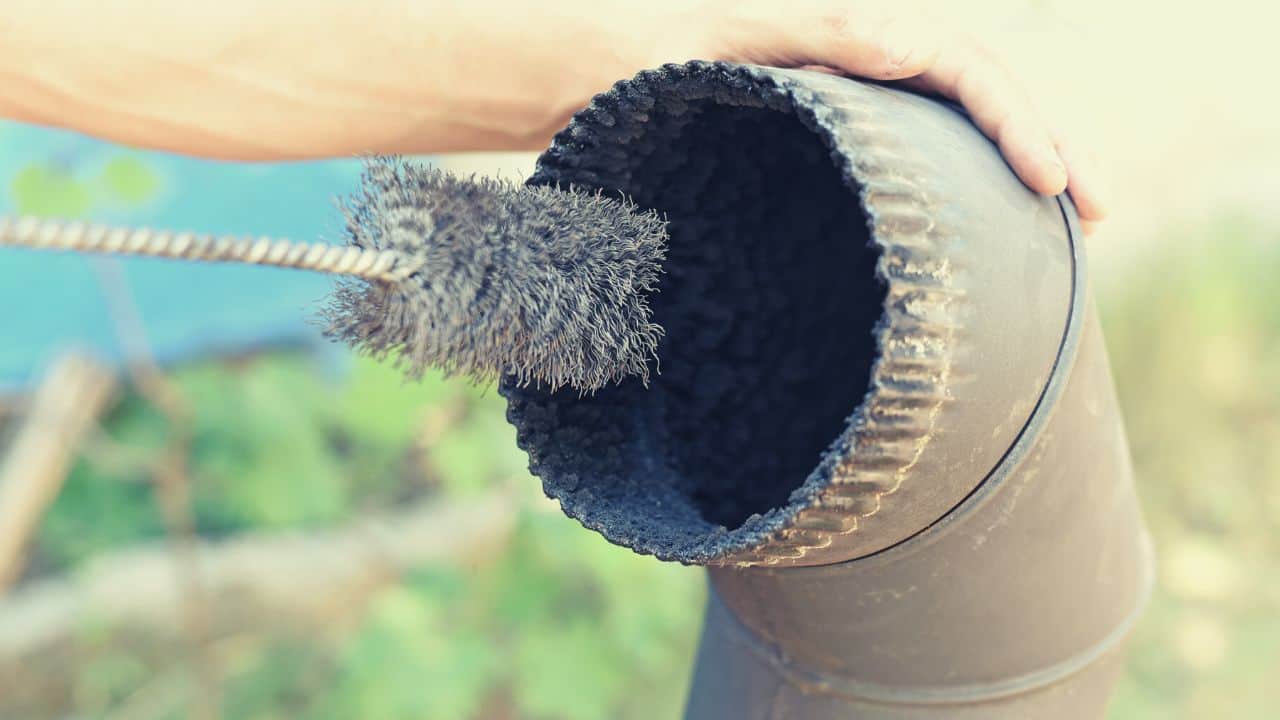
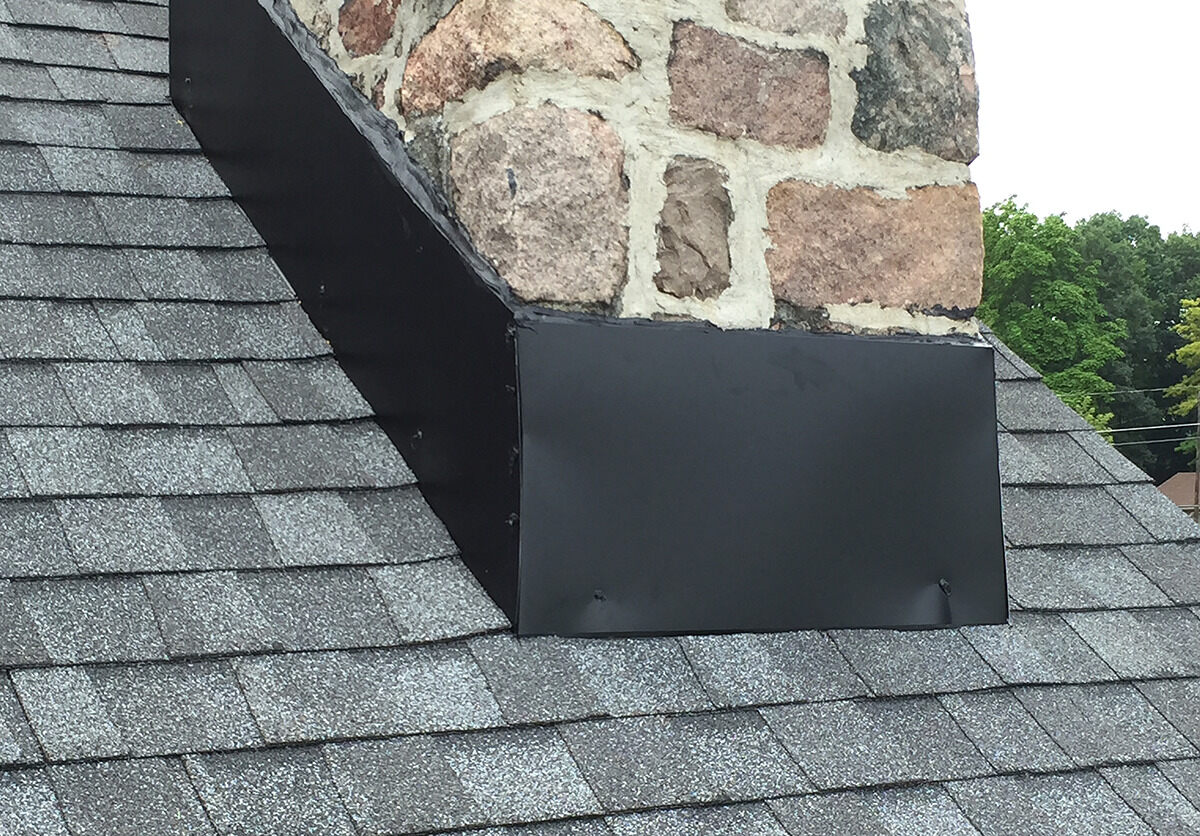
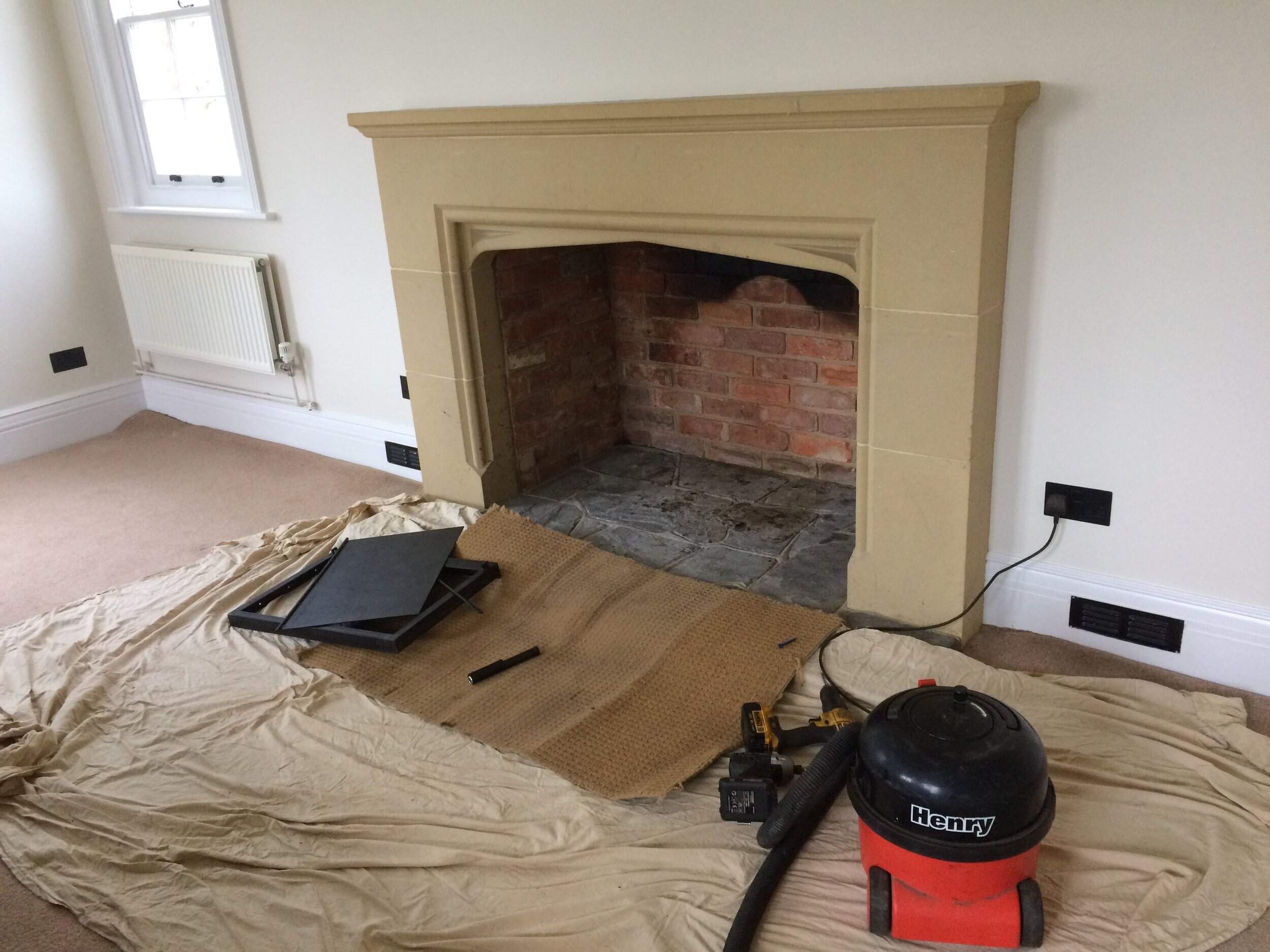
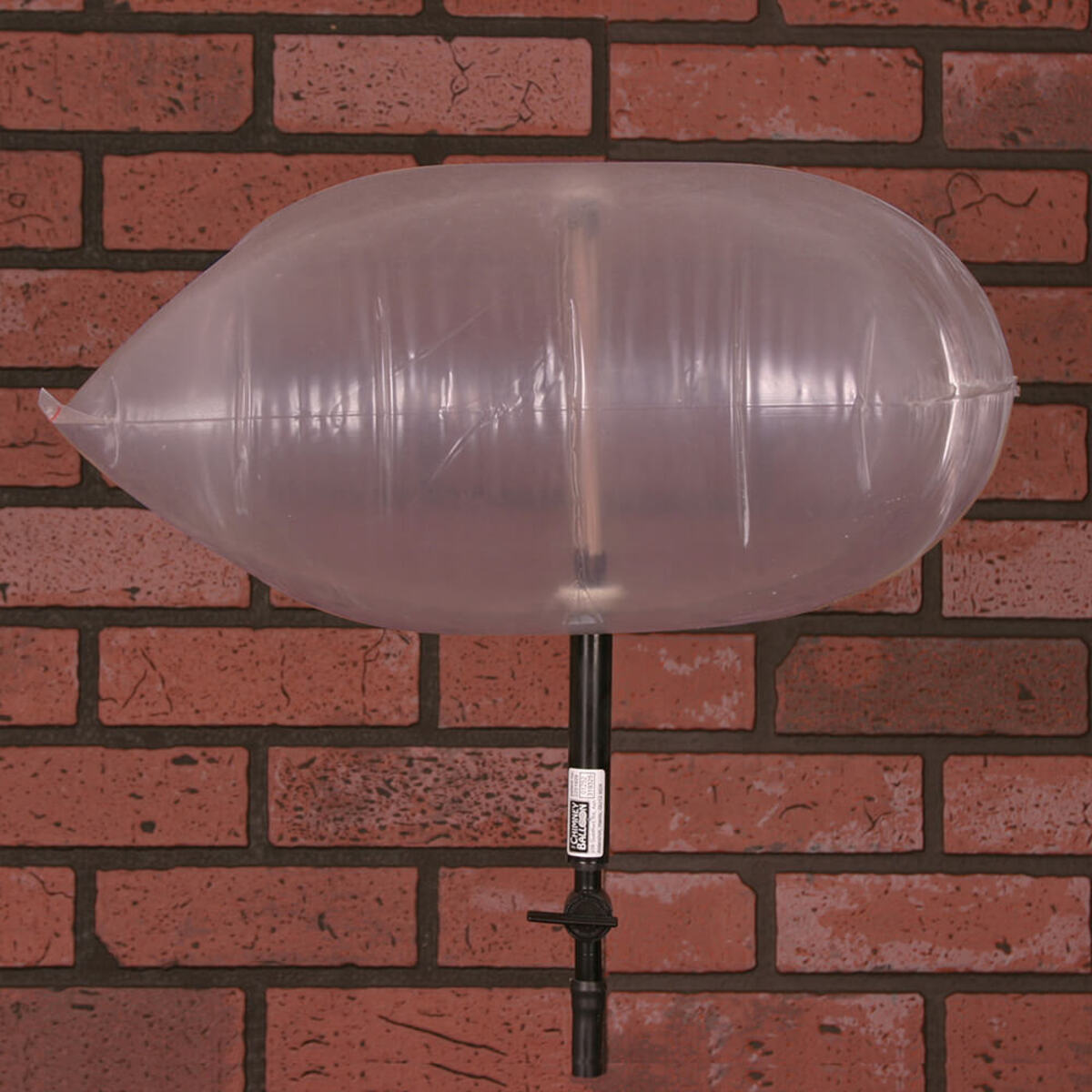
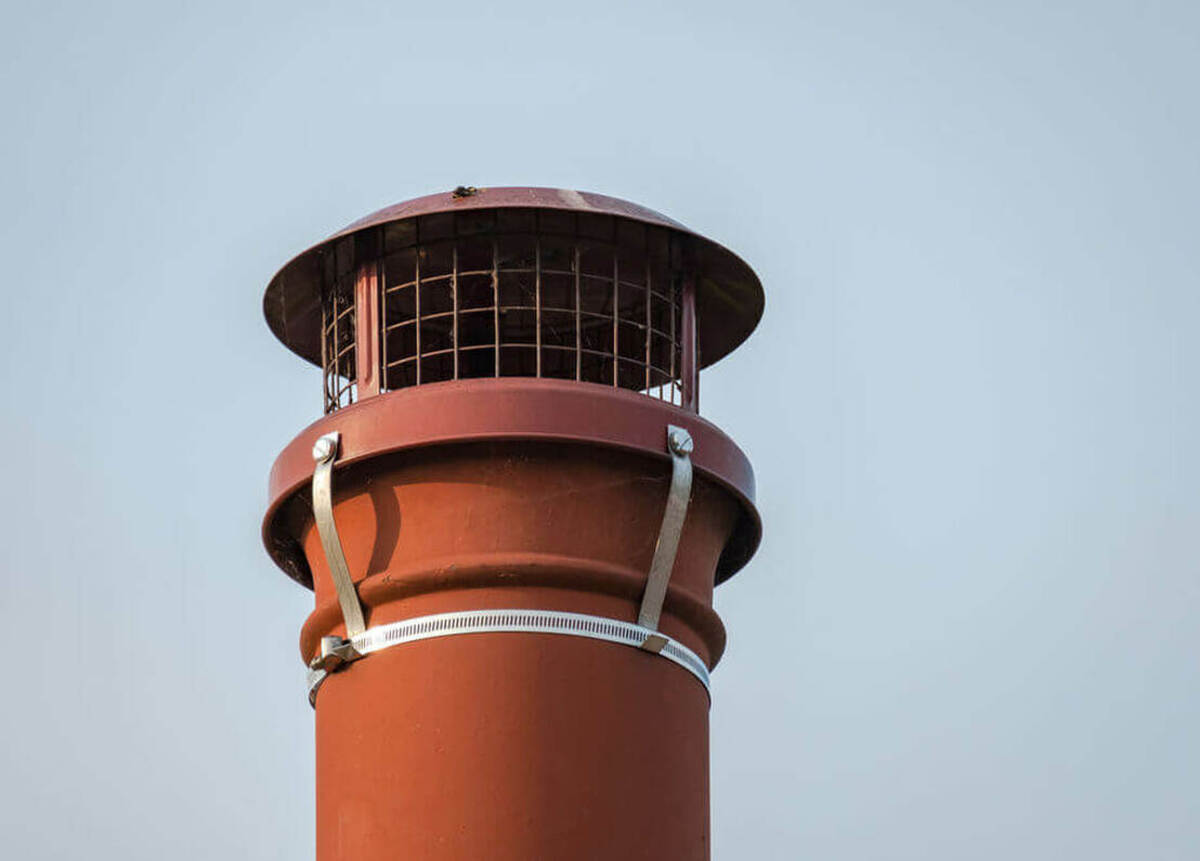
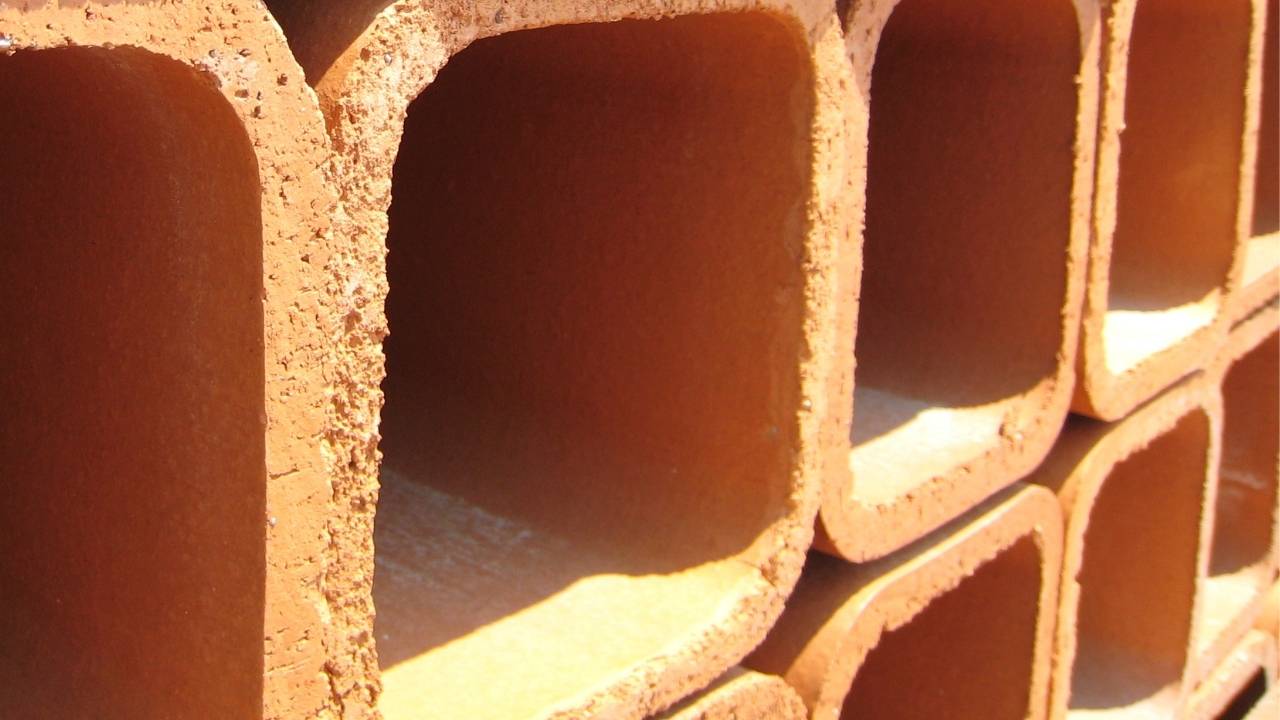

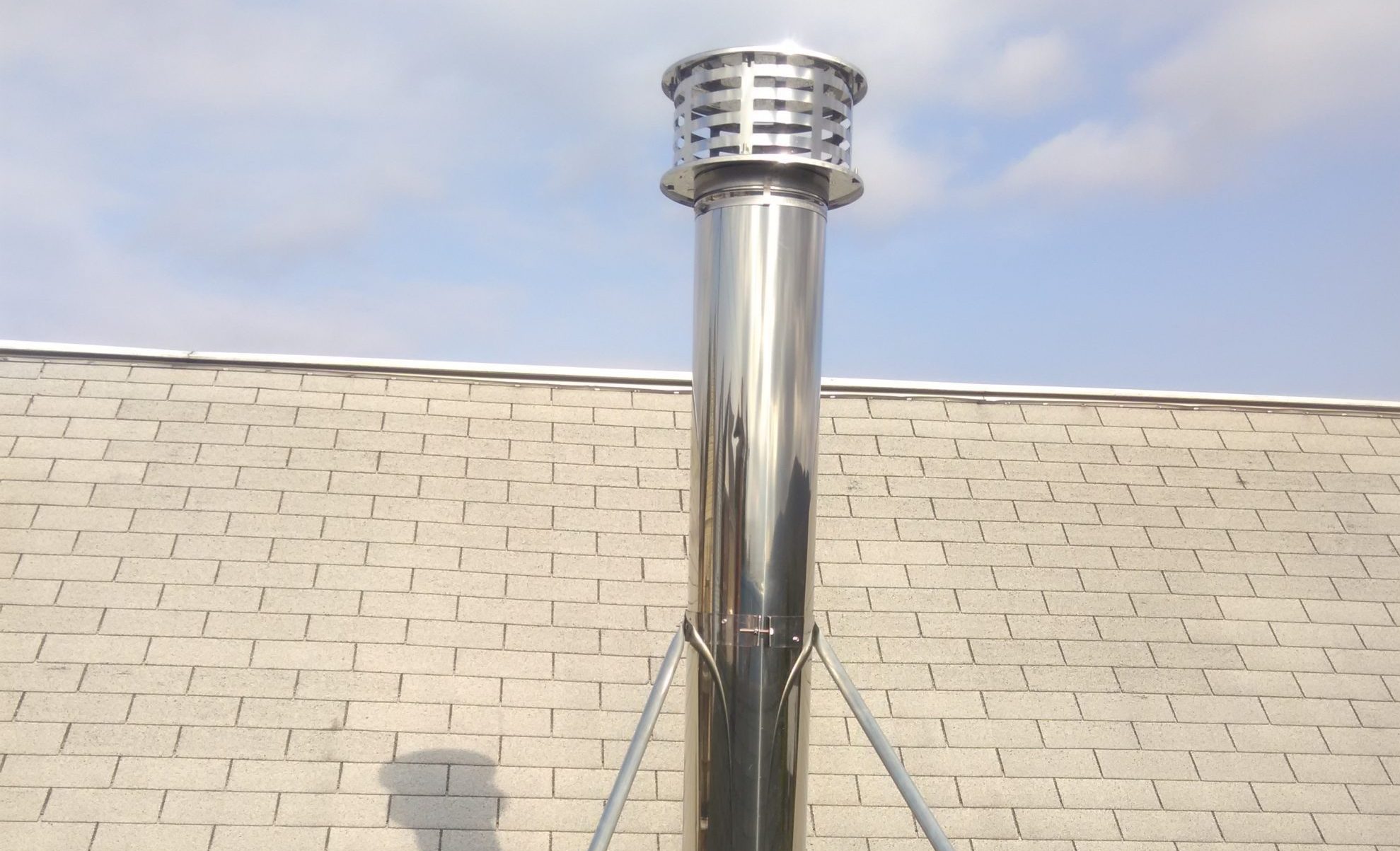
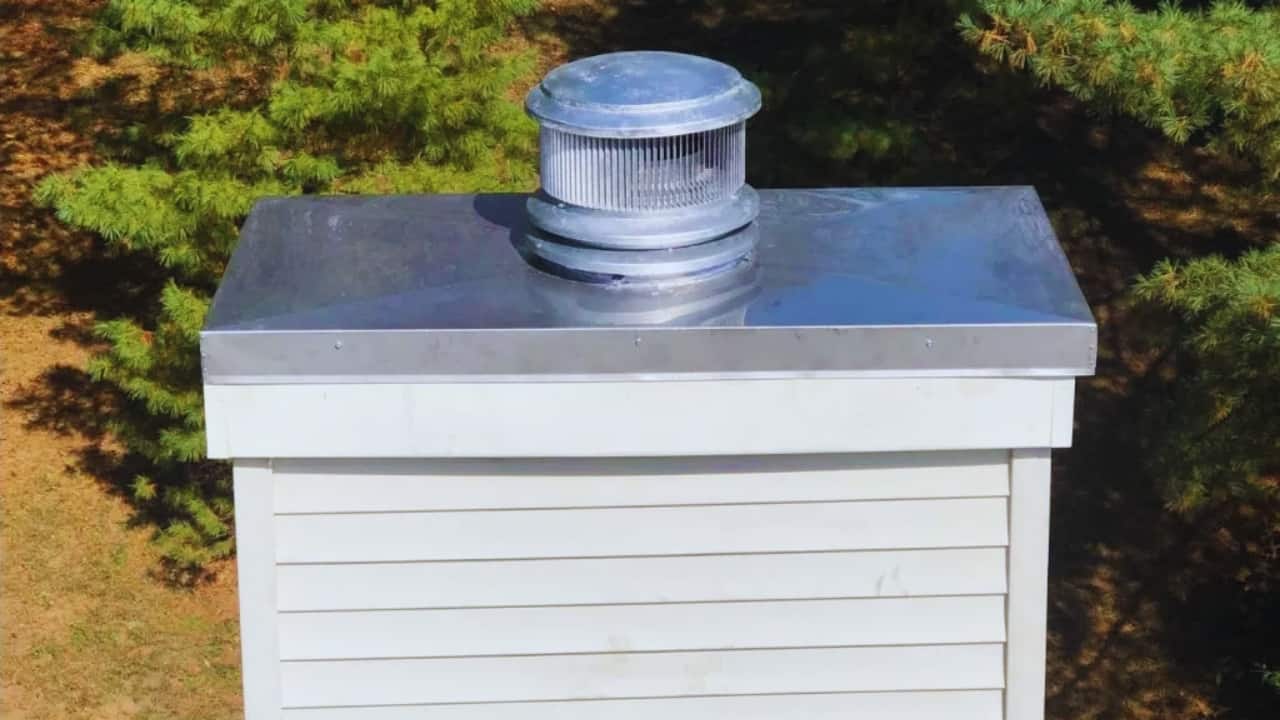
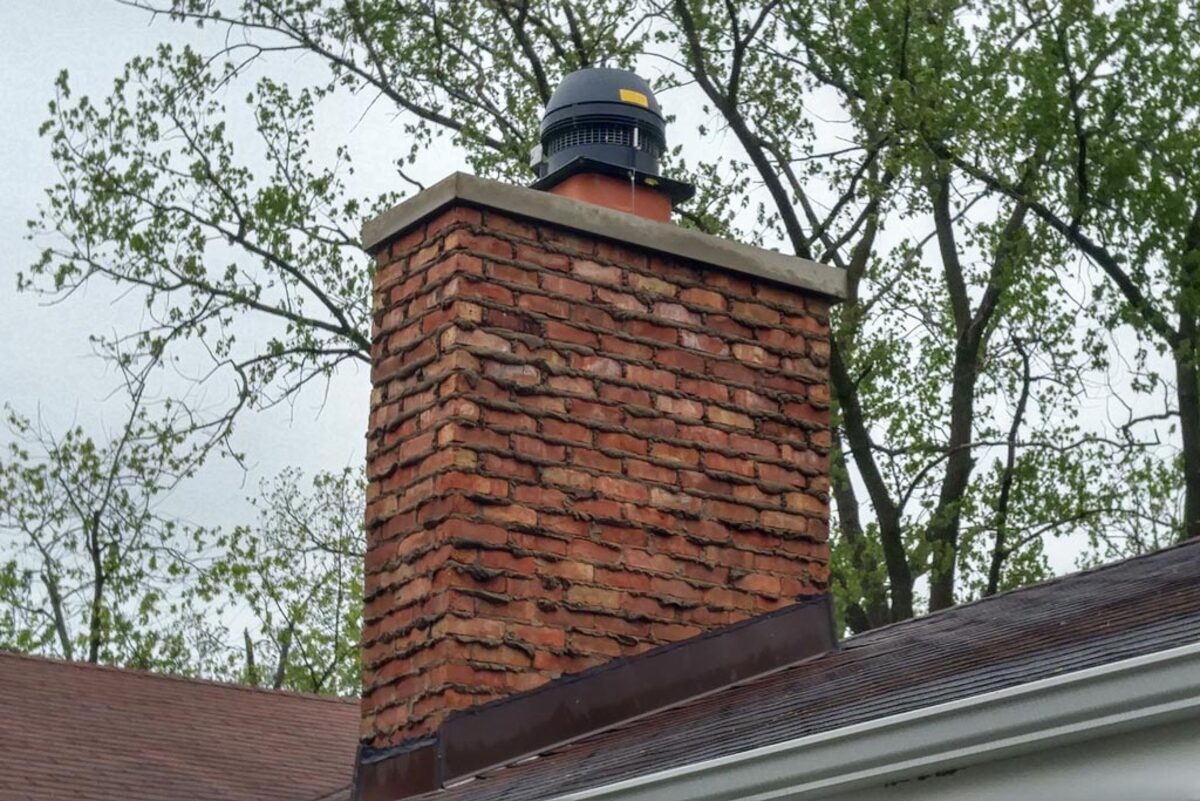
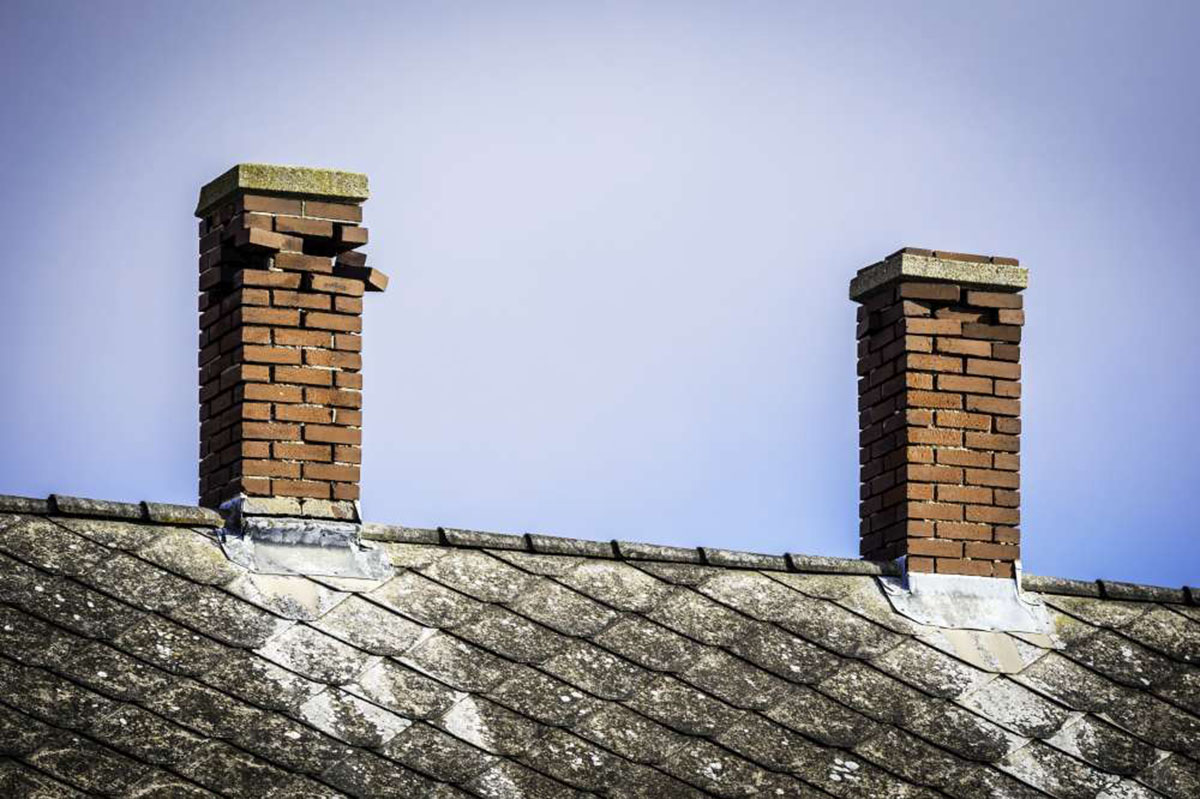
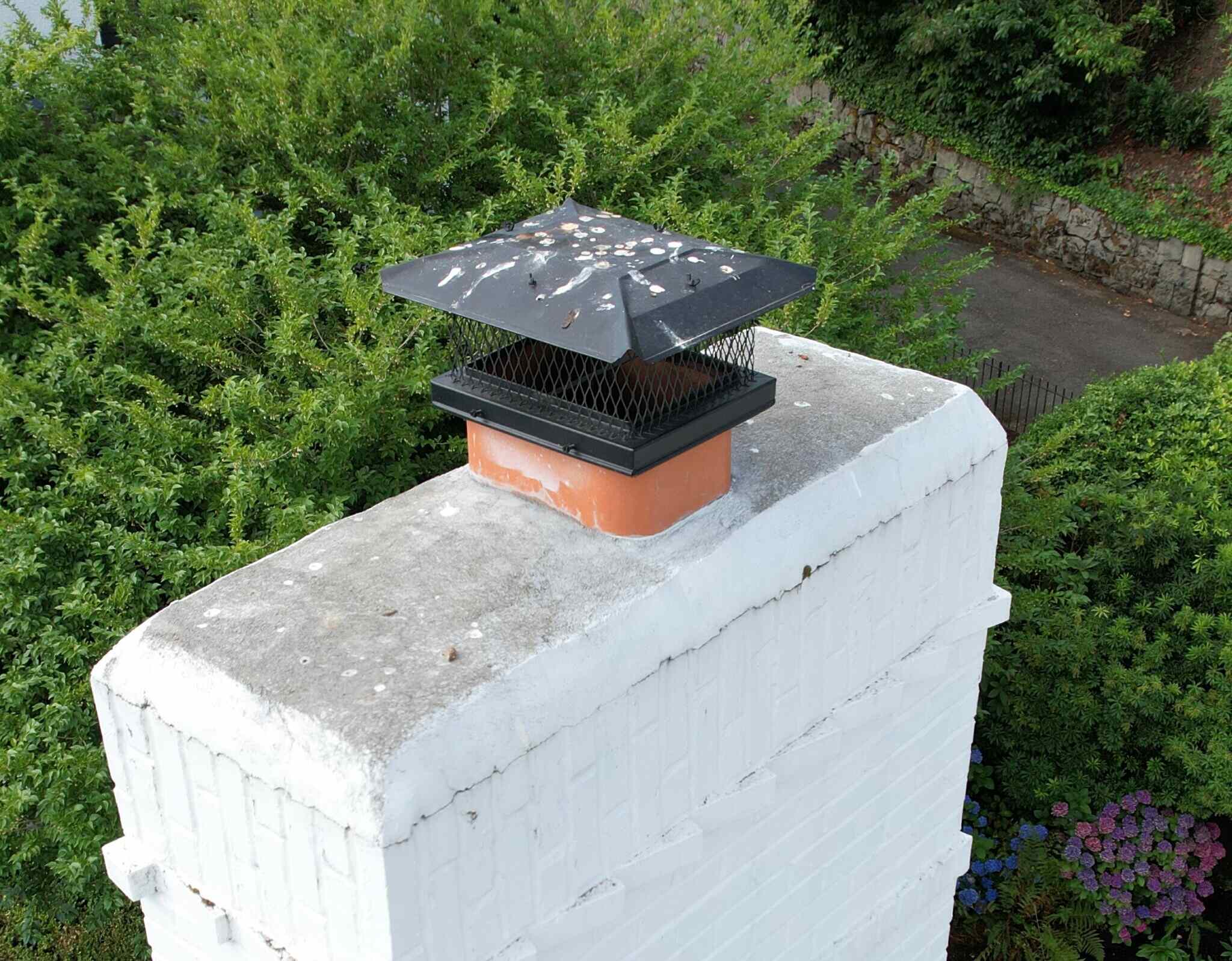
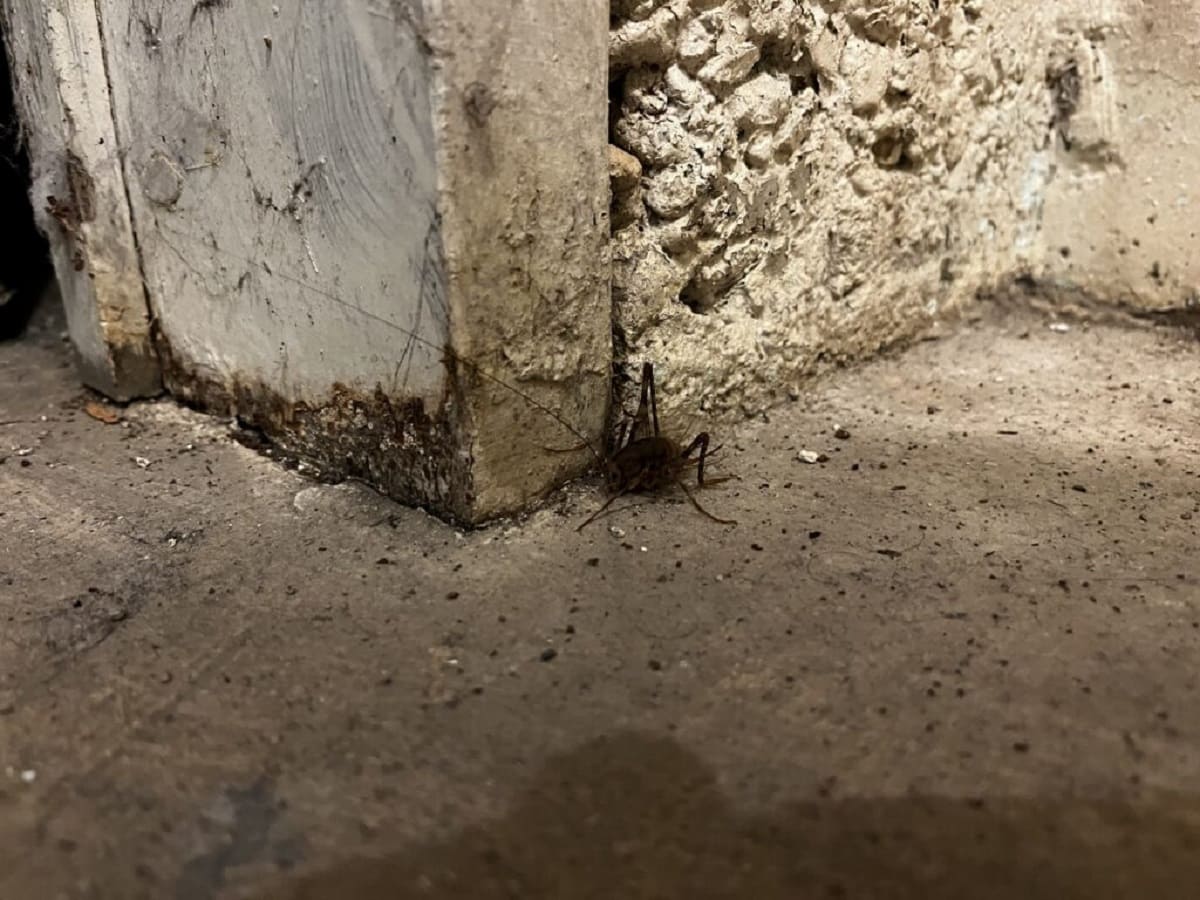

0 thoughts on “What Is A Cricket On A Chimney”